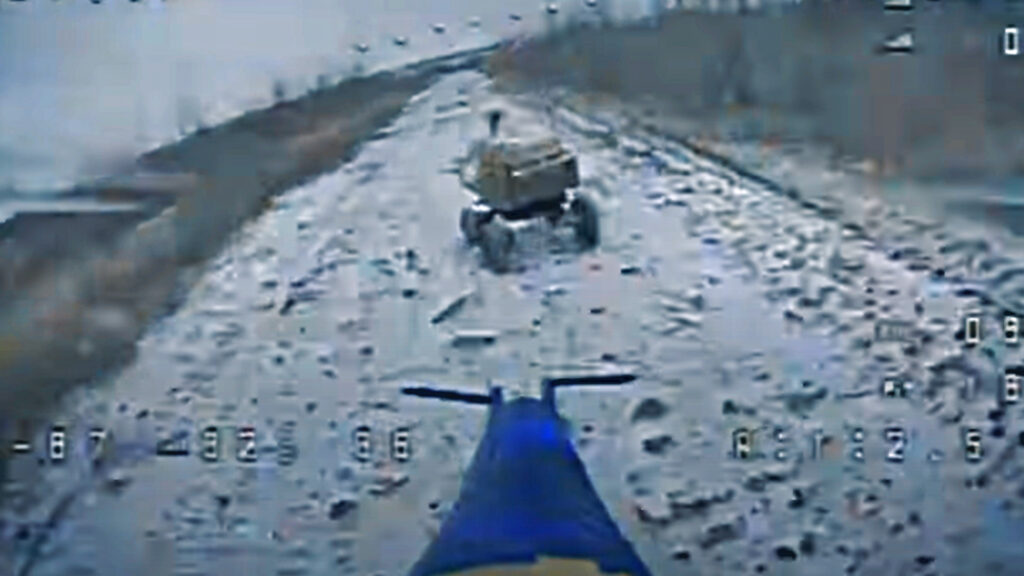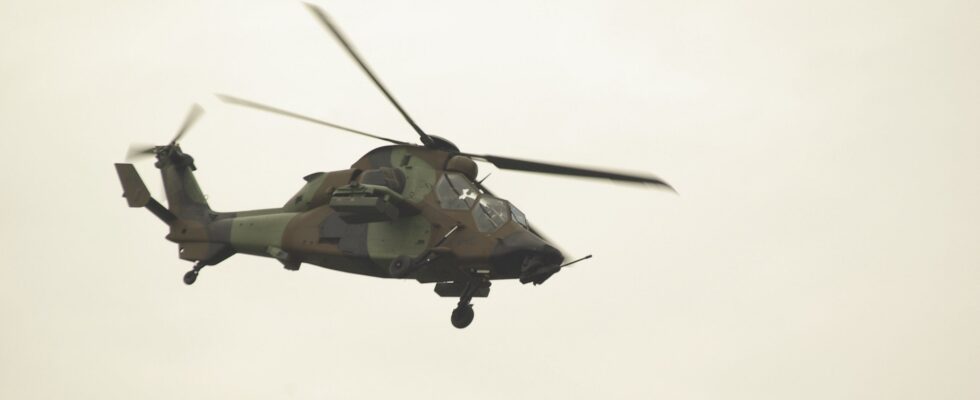The rise of drones on the battlefield raises the question of the future of attack helicopters like the Tiger. In the French army, the question of his successor is already being considered, although he will only arrive in around twenty years. Main question to resolve: should we still rely on a traditional helicopter?
It will not be tomorrow the day before that the Tiger attack helicopter will leave the battlefield. In service since 2005, the machine must continue to fly until 2040 or 2045, according to the Minister of the Armed Forces, Sébastien Lecornu. Beyond that, the question of renewing this capacity of the Army will arise – because it is the Army that implements it.
If the post-Tiger will only occur in two decades, reflection must nevertheless begin now to determine the technical and operational orientations of the future helicopter. For example, the first work around the Tiger began in the mid-1970s — thirty years before his debut in the army.
On paper, it was naturally certain that the successor to this attack helicopter would also be an attack helicopter, operated by a crew of two soldiers. Except that the advent of drones (which are massively used in the Ukrainian theater), robotics and artificial intelligence turns everything upside down.
What choice should you make to replace the Tiger?
It is in this context that Pierre Schill, the Chief of Staff of the Army, publicly questioned the question of the capacity development that will be necessary for light aviation. In a LinkedIn post written on February 16, he explains that the question of the nature of the post-Tiger ” arises ”, in view of technological advances.
The person concerned also points out that other armies in the world have the same questions. Some have already made their choice: Japan wants to replace its attack and reconnaissance helicopters with drones and the United States has abandoned the program Future Attack Reconnaissance Aircraftgiven the evolution of the battlefield.

The battlefield in question is of course the war in Ukraine. The head of the Army explains that “ tactical lessons » are obviously taken from this conflict, but that these “ are not yet all drawn or stabilized “. New operational, tactical or even strategic surprises may arise.
And in this matter, it is better not to be mistaken: “ the error is paid “cash”, and dearly, to the detriment of the taxpayer first, but above all to the detriment of operational efficiency, and therefore the security of the Nation “. There are also considerations of sovereignty and industry that come into play. The Tiger is built by Airbus Helicopters, for example.
“Errors are paid for in cash. »
Pierre Schill
To the question of what choice France will make regarding its attack helicopter (place of the crew, place of robotization and AI, place for drones, etc.), Pierre Schill does not provide an answer. . The debate is ongoing, especially since there is the question of the cost and the need to “go mass” in the event of a high-intensity conflict.
This was another issue raised by Sébastien Lecornu, in February 2023, during a hearing. “ The real subject is the technological leap. I asked the armies to see if what is imagined for standard 3 [du Tigre] corresponds well to what we want technologically “, he explained to the members of the Senate.
“ Won’t we have a super helicopter that’s already out of date? [avec les drones] ? I assume to ask the question publicly “, he added, in comments taken up by Opex360. “ If the helicopter is great, but we can only buy a few, it will be a difficulty “, he warned. This also applies to his successor.
Subscribe for free to Artificielles, our newsletter on AI, designed by AIs, verified by Numerama!
